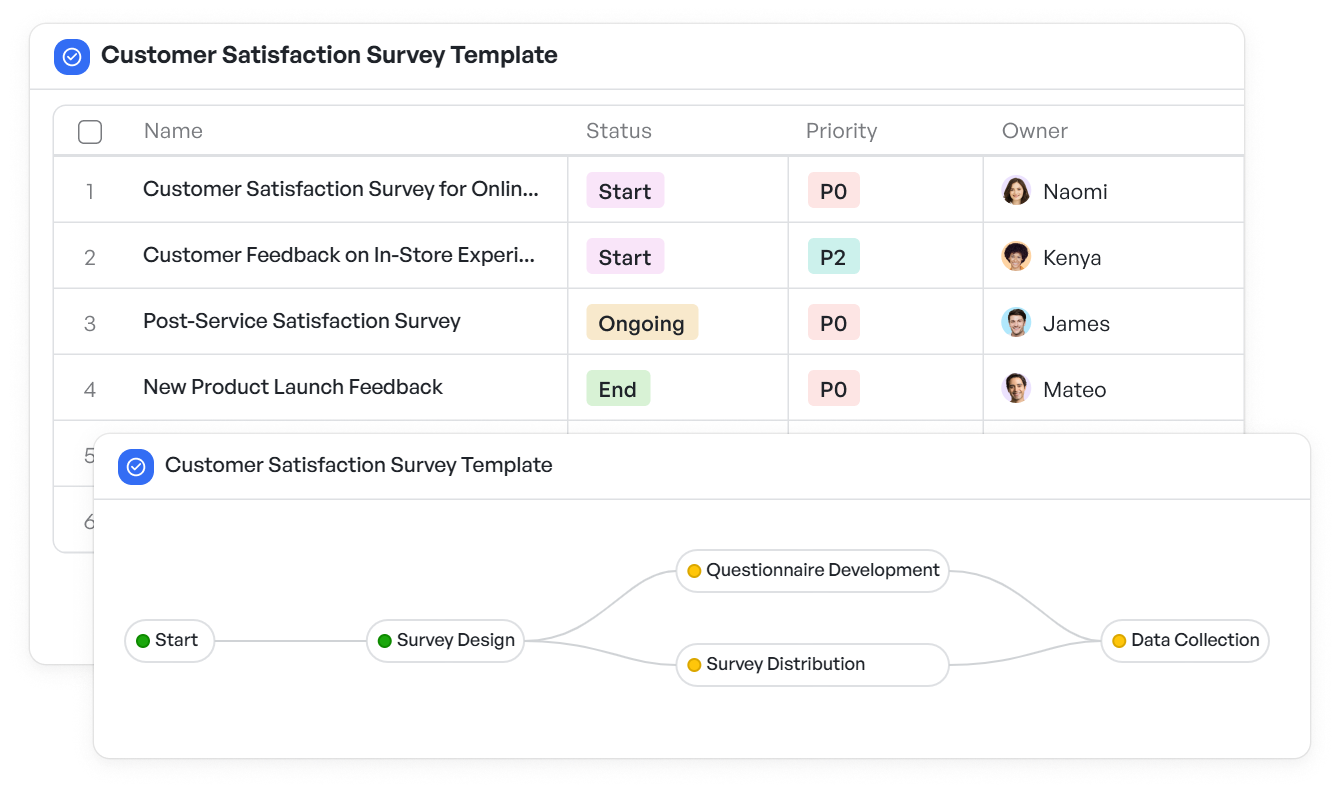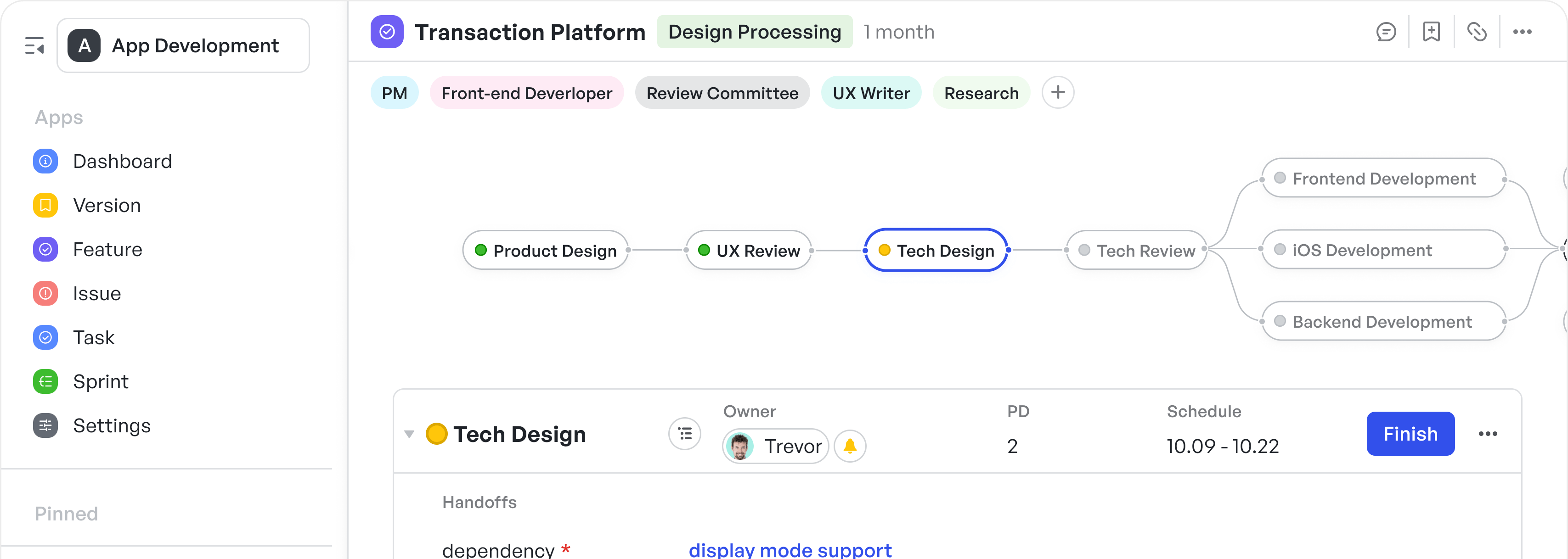How to Implement Test-Driven Development in Marketing

In marketing, just like in software development, precision and efficiency are key to success. Test-driven development (TDD), traditionally used in the software development world, can offer valuable benefits when applied to marketing processes.
The idea behind test-driven development is to ensure that tests are written before development begins, promoting proactive solutions that align with business goals.
By integrating test-driven development principles into marketing strategies, businesses can fine-tune their campaigns, optimize resources, and improve the overall customer experience.
In this article, we explore how test-driven development can be a game changer for marketing teams, driving efficiency, minimizing errors, and enabling data-driven decision-making.
What is Test-Driven Development in Marketing?
Test-driven development in marketing involves applying the same principles used in software development to marketing processes. The core concept of test-driven development is to write tests before execution, allowing teams to measure, review, and validate each aspect of their campaigns before they go live.
By leveraging this approach, marketing teams can align their efforts with clear objectives, track progress against KPIs, and optimize campaigns based on real-time feedback.
Just as developers run unit tests to verify that their code performs as expected, marketers can run tests to ensure their campaigns meet customer expectations, deliver measurable results, and align with business objectives.
This means setting clear goals for each campaign, running A/B tests or multivariate testing, tracking performance, and refining strategies based on what works.
5 Benefits of Test-Driven Development in Marketing
Implementing test-driven development in marketing offers numerous benefits. Some of them are listed below:
1. Improved Campaign Efficiency
Marketing teams are often tasked with running multiple campaigns simultaneously. This can lead to conflicting priorities, wasted resources, and missed opportunities. By using test-driven development, marketing teams can preemptively identify which tactics and messages will resonate best with their target audience before launching full-scale campaigns.
With a test-first mindset, teams can ensure that every aspect of a campaign—from content creation to media buying—is geared toward achieving clear, measurable objectives. This leads to better resource allocation and faster decision-making, ultimately increasing campaign efficiency.
Marketers with full testing coverage discover 5-7% lift in leads from existing campaigns, due to incorrect data or misrouting.
2. Higher Quality Campaigns
A major benefit of test-driven development is the ability to reduce errors in the execution of marketing strategies. By running smaller tests or "sprints" before full-scale implementation, marketing teams can fine-tune their efforts, correcting mistakes early in the process. This iterative approach ensures that campaigns are optimized before they reach a larger audience, leading to higher quality results.
Studies show a massive reduction in errors, ranging from 50% to 4.2X, depending on the study.
3. Data-Driven Insights
Marketing is becoming more data-driven than ever. Test-driven development allows marketing teams to incorporate real-time insights into their campaigns by continuously testing and measuring performance.
Through A/B testing, multivariate testing, and customer feedback systems, marketers can make informed decisions that reflect the actual behavior of their target audience. This level of granularity ensures campaigns are not based on assumptions, but on actual data.
A Google study indicates that businesses implementing data-driven marketing strategies are six times more likely to see annual profitability.
4. Reduced Risk and Increased ROI
By using test-driven development principles, marketing teams can reduce the risks associated with launching untested campaigns. Before committing large budgets to a campaign, teams can test small elements such as messaging, targeting, and creatives to gauge their effectiveness.
This minimizes the likelihood of costly failures and ensures that campaigns are optimized for maximum return on investment (ROI).
Businesses that employ data-driven personalization delivered five to eight times the ROI on marketing spend.
5. Agility and Flexibility
Marketing landscapes are constantly shifting, and agility is key to staying competitive. With test-driven development, marketing teams can adapt quickly to changes in consumer behavior, market conditions, and business needs.
By testing small components first, teams can pivot or adjust campaigns in real-time, ensuring they remain aligned with their objectives and responsive to market changes.
Booking.com created three versions of landing page copy and the test ran for two weeks and produced a 25% uplift in owner registration. The test results also showed a significant decrease in the cost of each registration
5 Key Steps for Implementing Test-Driven Development in Marketing
To effectively implement test-driven development in marketing, follow these essential steps that will guide your campaigns toward measurable success and continuous improvement.
1. Set Clear, Measurable Goals
Before any campaign is launched, marketers must define what success looks like. This means establishing clear, measurable objectives such as increasing conversion rate optimization, improving engagement, or reducing customer acquisition costs.
These goals will serve as the foundation for the tests and will help measure the campaign’s performance effectively.
You might be interested in: 👉Customer acquisition cost calculator
 Optimize your customer acquisition strategies and maximize ROI
Optimize your customer acquisition strategies and maximize ROI2. Create Hypotheses
Once goals are established, the next step is to develop hypotheses about how specific elements of the campaign will perform. For example, a hypothesis could be:
"By changing the CTA button color to green, we will see a 10% increase in click-through rates."
These hypotheses act as the tests in the test-driven development process, and each hypothesis should be measurable and tied to a specific outcome.
3. Test and Measure
Now that the hypotheses are in place, it's time to conduct tests. This could involve A/B testing, user surveys, or multivariate tests to validate each hypothesis. Throughout this stage, it’s critical to track key performance indicators (KPIs) like conversion rates, engagement, and customer satisfaction to measure success.
You might be interested in: 👉Customer satisfaction survey template
 Track and measure customer feedback and ensure data-driven improvements in your marketing strategies
Track and measure customer feedback and ensure data-driven improvements in your marketing strategies4. Analyze Results and Iterate
After the tests are conducted, marketing teams must analyze the results to see which elements of the campaign performed well and which didn’t. Based on these insights, adjustments can be made to the campaign.
This iterative process allows teams to continuously improve the campaign, ensuring that it meets the goals set out at the beginning.
5. Implement Full-Scale Campaigns
Once the tests have been refined and optimized, the full-scale campaign can be launched with a high degree of confidence. At this stage, marketers know which strategies work best and can roll out a comprehensive campaign that aligns with their business objectives.
3 Real-World Applications of Test-Driven Development in Marketing
Test-driven development in marketing can be applied across various strategies to drive better results. Here are some real-world applications where test-driven development can optimize campaigns and enhance marketing effectiveness.
Email Marketing Campaigns
Test-driven development can be particularly useful in email marketing, where engagement rates and click-throughs can be easily tracked and measured. Marketers can run A/B tests on subject lines, CTAs, or email designs to determine what resonates best with subscribers.
Test-driven development helps marketers focus on the elements that drive conversions, allowing them to optimize campaigns before they hit large audiences.
Netflix uses AI algorithms to analyze viewer preferences and behaviors, offering tailored content recommendations. Through Data Analytics, they gauge the success of these recommendations, correlating them with metrics like viewer retention and content popularity.
By systematically testing and refining their recommendation engine using these tools, they ensure heightened user engagement and satisfaction.
Netflix demonstrates a hypothesis-driven approach where they define success metrics first (viewer retention, content popularity) before implementing their recommendation algorithms.
Paid Media Campaigns
Paid media campaigns are another area where test-driven development can significantly boost ROI. By testing different ad creatives, targeting parameters, and bidding strategies, marketers can refine their approach before committing large budgets to full-scale campaigns. This ensures that every dollar spent is working towards the campaign’s goals.
Consider the case of a business wanting to understand the impact of video content on user engagement.
Rather than producing a year's worth of videos and hoping for the best, an agile marketer might break this hypothesis testing into several sprints: Sprint 1: Produce and launch a pilot set of three videos over a month, focusing on varied content types.
This demonstrates the test-first mentality where success criteria are defined before content creation.
Content Marketing
Content marketing is another ideal space for implementing test-driven development. Marketers can test headlines, content formats, and distribution channels to see which resonate most with their target audience.
By continuously testing and iterating, they can fine-tune their content strategy to maximize engagement and conversion.
When Netflix launched its first original film, Bright (starring Will Smith), in December 2017, it drew 11 million viewers in its first three days. But this wasn't the result of a conventional blockbuster marketing blitz.
Instead, Netflix employed a meticulously calculated, data-driven strategy. Netflix began quietly marketing Bright as early as March that year.
The process started with internal categorization and cataloging of the film, followed by the deployment of carefully crafted algorithms Netflix Research.
Netflix defined their success metrics and testing framework before launching their marketing campaign.
Overcoming Challenges in Test-Driven Development in Marketing
While test-driven development offers numerous benefits, there are challenges to its adoption in marketing. The most significant hurdle is the cultural shift required to embrace this approach. Marketing teams accustomed to executing campaigns without prior testing may initially resist this structured approach.
However, by demonstrating the value of test-driven development in driving better results and minimizing errors, marketers can gradually build a culture of testing and continuous improvement.
Another challenge is the need for robust data analytics tools. In order to track and measure the effectiveness of various tests, marketers must have access to reliable tools that can provide real-time feedback. Ensuring that the right technology is in place is essential for the success of test-driven development.
Achieve Marketing Excellence with Test-Driven Development
Implementing Test-driven development in marketing can lead to more efficient, data-driven campaigns that deliver superior results. By focusing on small, measurable tests, marketing teams can refine their strategies, reduce risk, and achieve higher ROI.
While there are challenges to overcome, the benefits of test-driven development — such as improved campaign efficiency, higher quality results, and increased flexibility — make it a worthwhile investment for any marketing team looking to optimize their efforts.
Build your workflow today!
The world’s #1 visualized project management tool
Powered by the next gen visual workflow engineRead More
Check All BlogsStart creating impactful work today



